How is a broken or cracked rib treated?
Chest Injuries
The chest consists of the bony thorax and the organs that lie within it. The thorax comprises twelve ribs on each side of the chest, each of which attaches to the bony spine in the back and to the chest bone (sternum) in front. Each chest cavity has a smooth delicate lining (pleura) within which the lung rhythmically expands and deflates.The diaphragm is the dome shaped muscle that seals off the lower end of the chest from the abdomen. Its upand down motion provides the bellows action for the expansion of the lungs that fills them with air. The function of the lungs is to provide ventilation. Air is moved in to provide oxygen, and carbon dioxide is moved out as a waste product.
The heart is in its own envelope in the center of the chest, behind the breastbone. The heart functions solely as a pump. It circulates the blood into the lung for oxygenation and delivers oxygenated blood to the entire body. The chest also harbors the large blood vessels and the breathing and swallowing channels. These internal organs are ordinarily well protected by the bony exterior. However, these bony structures are not a continuous plaque of bone; there are soft parts in between which can be penetrated without necessarily injuring the bone. An injury to the bone is of less importance than an injury to the underlying interior chest membrane, lung, heart or tubular structures. Certain injuries to the heart and major blood vessels are immediately fatal. For the most part, experience has verified that if a patient with a serious chest injury can be brought to the hospital alive, he stands an excellent chance for survival.
How do ribs become fractured?
Rib injuries most often result from a direct blow to the side of the chest or from a fall. Ribs are rarely broken by excessive sneezing or respiratory effort. If they are fractured in a trivial injury, one should suspect that the rib may not have been normal prior to the injury.Where is the rib fractured?
The upper ribs are rather well protected by the collarbone in front and shoulder blade in back. The lower ribs are especially well buttressed by well developed overlying muscle. Therefore, the seventh, eighth and ninth ribs on each side of the chest are the ones most often injured. Such fractures often involve more than one rib, and any single rib may be fractured in two places.How will I know my rib is broken?
A fractured rib hurts. There is distinct tenderness over the area of the break. The pain is usually aggravated on taking a deep breath. A specific X ray of the bony structures of the chest wall usually reveals the fracture line. When an individual has all the symptoms and signs of a fracture and it cannot be identified on the X ray, he should be treated as for a fracture. Sometimes the injury is demonstrable only on an X ray taken months later when the healing is evident.How is a broken rib treated?
Uncomplicated rib fractures heal in about three weeks. During that interval, treatment is directed at relieving pain by injecting an anesthetic directly into the injured area. A nerve block of the area above and below the fracture can also help ameliorate pain. These injections usually have to be repeated. Strapping the chest with adhesive is a less effective method. If many ribs are fractured and on both sides, the individual is best hospitalized for an interval to ensure proper ventilation.Poor breathing may cause lung congestion, which can then go on to infection and pneumonia. Treatment should encourage deep breathing and vigorous coughing to clear the airway of retained secretions and mucus.
What is a flail chest? What is done for it?
The integrity of the bony cage is lost when the injury to the chest fractures several ribs on both sides or jars the breastbone loose from its attachments. This is termed a flail chest. With this loss of attachment, the function of muscles is altered. The unsupported part of the chest wall is drawn in with a deep breath, whereas normally it moves outward with inspiration. Such paradoxical motion interferes with ventilation and oxygenation, and the patient can go into rapid respiratory failure. This condition is treated by stabilizing the chest wall so that it can resume normal functioning. The treatment often requires the assistance of a mechanical respirator.Why is this rib injury more serious than the usual one?
Fractured ribs become complicated when they injure the lung or lung lining or cause abnormal accumulations of air or blood within the thorax. When fractured ribs have torn the lining of the lung cavity and injured the underlying lung, air (pneumo) has entered the chest (thorax) cavity. This is called a pneumo thorax and interferes with ventilation by compressing the functioning lung within the confined space, causing the patient to have shortness of breath.Air is normally present within the lung but not in the cavity outside the lung. Enough air may accumulate outside the lung to squeeze down (collapse) the one side and to force the middle structures to the opposite side. This abnormal shift produces further respiratory difficulty because of encroachment and abnormal angulations of blood vessels and airway channels.
If the injured lung continues to leak air, then the normal side becomes collapsed by valve action. This is termed a tension pneumothorax. When the chest wall or lung is torn, blood (hemo) can accumulate in the thorax, causing a hemothorax, which limits breathing further.
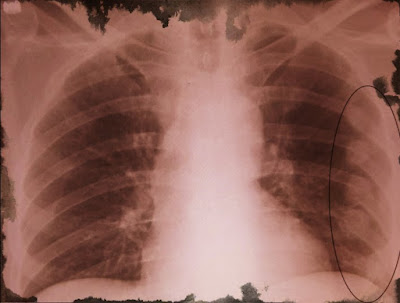
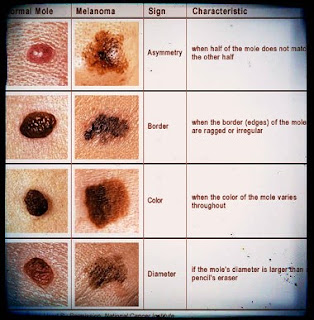
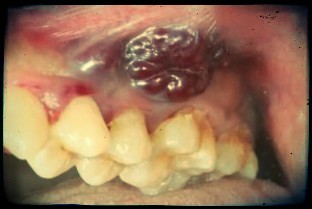
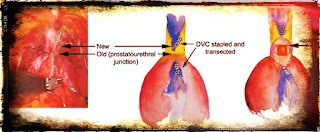
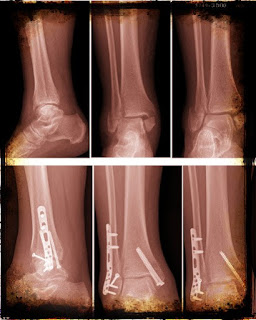
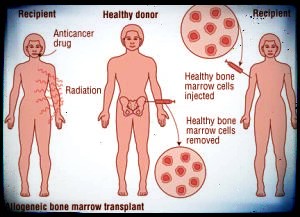

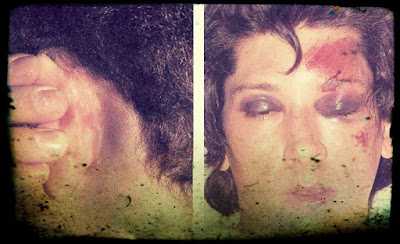
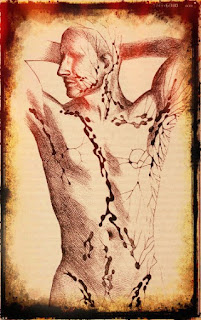
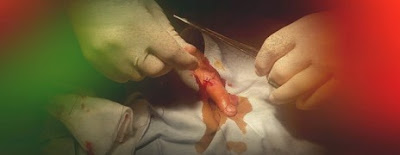
Comments
Post a Comment